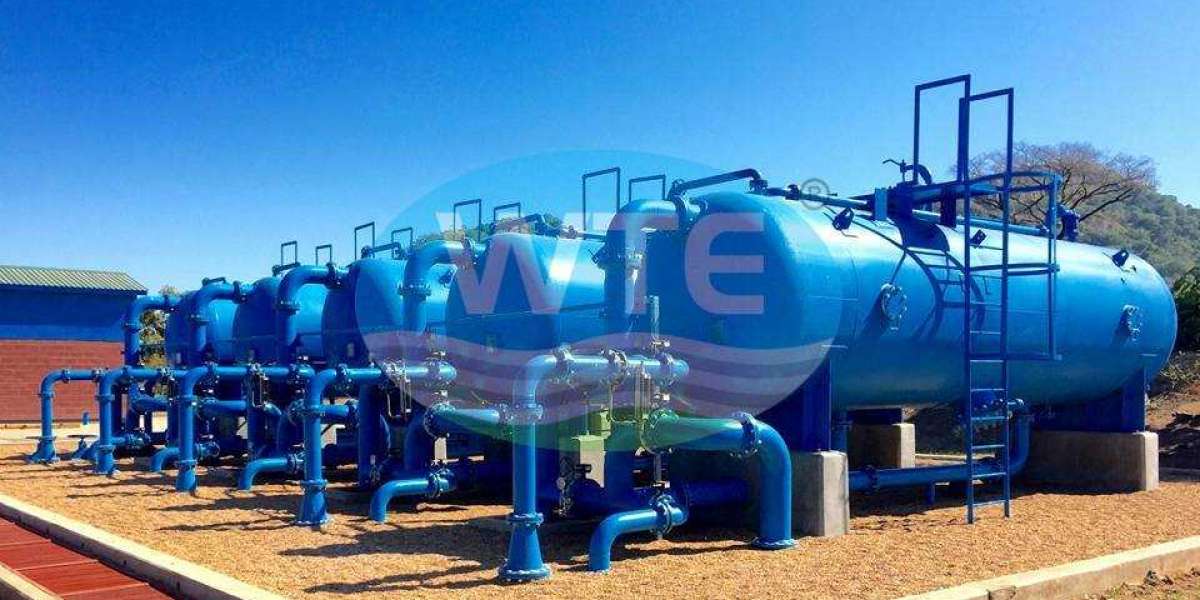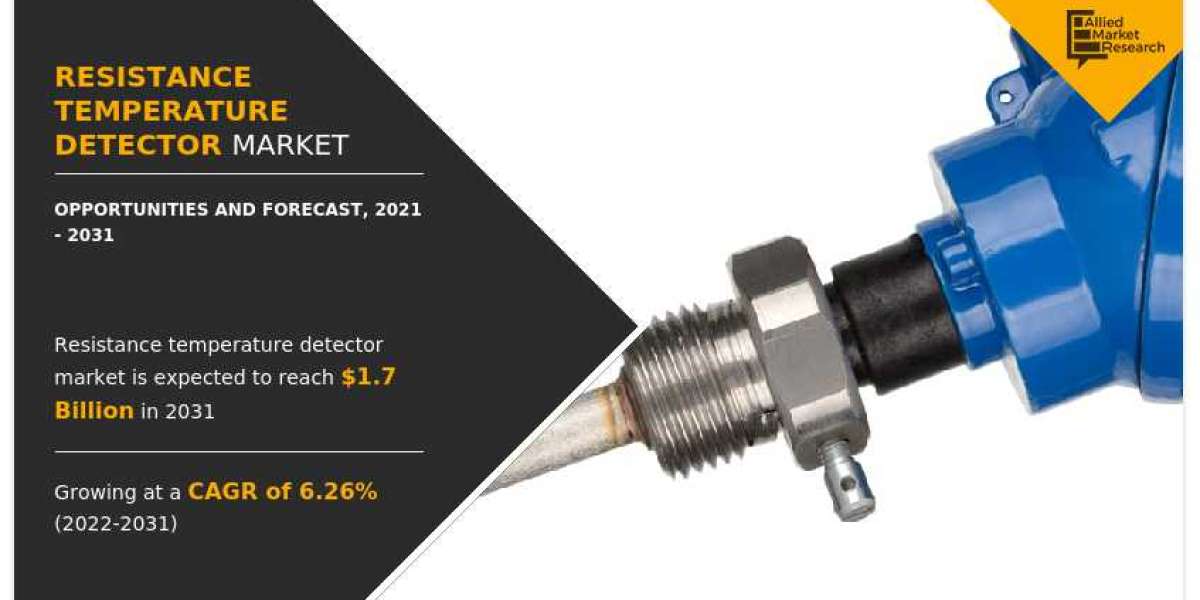Water Treatment Process
Water treatment is the process of removing contaminants from water and making it suitable for consumption, industry, and other uses. The process includes a variety of steps such as filtration, aeration, disinfection, and sedimentation. There are several types of water treatment plants, including municipal, residential, and industrial. This article will focus on the water treatment process used at municipal water treatment plants.
Municipal water treatment plants clean and treat the water from rivers and lakes before it is sent to a city or town’s water distribution system. As water passes through the plant, it is treated with a number of chemicals and processes. The water undergoes physical, biological, and chemical processes before it is deemed safe to drink.
The first step in the process is to remove any physical impurities in the water. This is done by filtration and sedimentation. Filtration removes solids such as dirt and other particles, while sedimentation allows suspended particles to settle to the bottom of the tank where they are then removed. After filtration and sedimentation, the water is then passed through an aerator, which oxygenates the water.
Water Treatment Plant
The next step in the process is disinfection. Chlorine or other disinfectants are added to the water to kill any bacteria, viruses, and other harmful organisms. The amount of chlorine used depends on the type of organisms present and the level of impurities. After the water is disinfected, additional chemicals may be added to remove other contaminants, such as metals and organic materials, and adjust the water’s pH.
The final step in the process is testing. The water is tested for a variety of parameters, including clarity, color, taste, and odor. It is also tested for the presence of any hazardous materials. If the water passes the tests, it is then sent to the water distribution system.
Water Filtration System
In addition to the processes mentioned above, many municipalities also use a water filtration system. A water filtration system is designed to remove harmful chemicals, microorganisms, and other contaminants. The system may include one or more filters, and may use a variety of methods, including reverse osmosis and ultraviolet light filtration.
Water filtration system can provide additional protection from contaminants and can be used to improve the taste and odor of the water. A water filtration system also can save money by reducing the need for additional water treatment chemicals.
The water treatment process used at municipal water treatment plants is designed to provide safe, clean drinking water. It begins with physical processes such as filtration and sedimentation, before moving on to disinfection, chemical treatment, and testing. In addition, many municipalities use a water filtration system to remove additional contaminants and improve the water's quality. By understanding the process and its steps, cities and towns can ensure that their water meets all safety standards.
About Us:
Since our establishment in 2007, we have put a lot of effort into creating some of the top technological advancements in the water sector. We develop concepts, design, manufacture, install, and commission superior engineered products that support all the industries and services that are similar to our own. Helping companies with sophisticated water and wastewater treatment challenges.
Contact Us:
Email: enq@wteinfra.com
Address: PAP-S-77, Nr Bridgestone Company, MIDC Phase II Chakan Road Sawardari, Pune, Maharashtra 410501
Tel: +91 888888 9611
Website: https://wteinfra.com/









